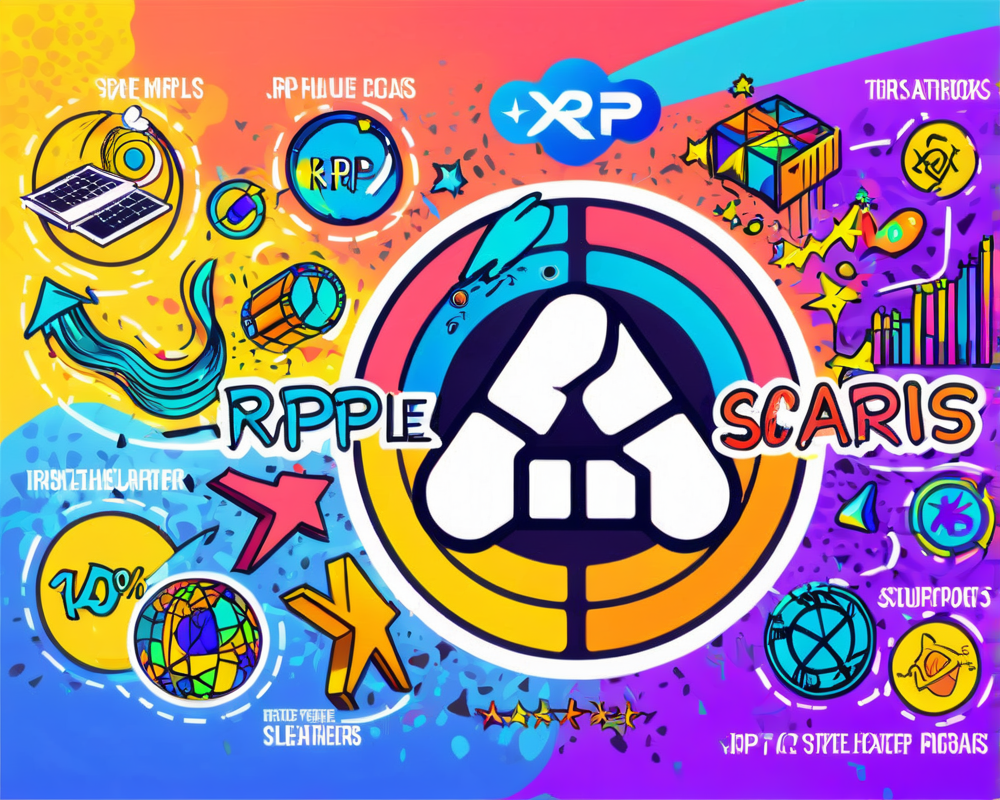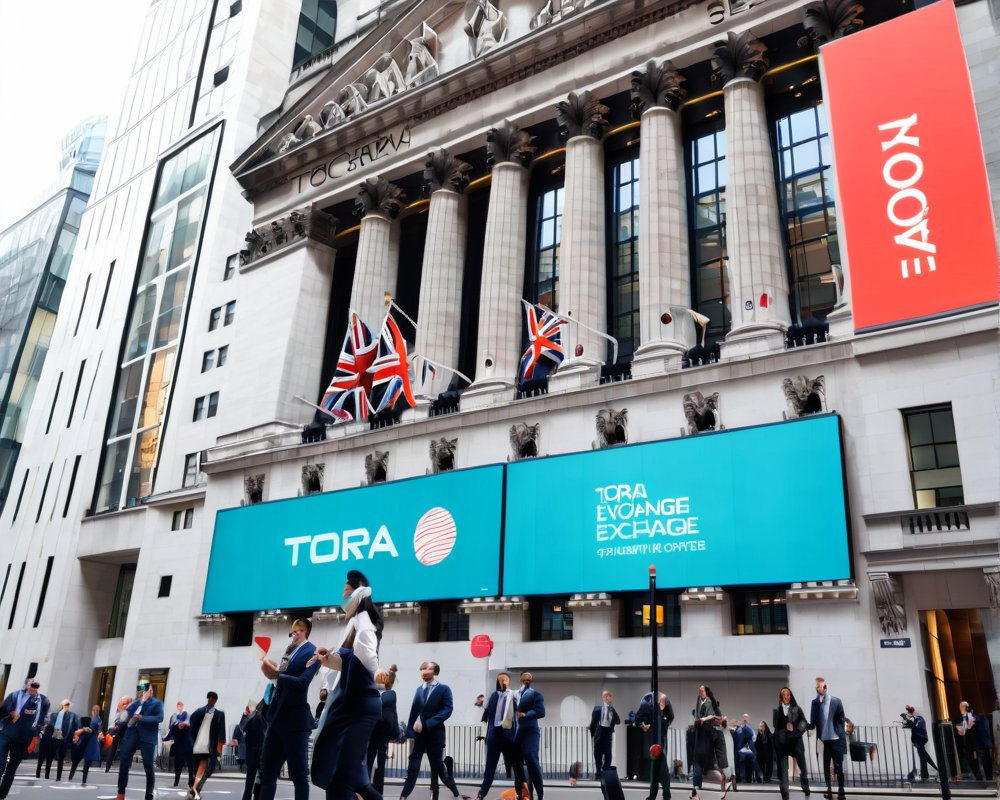Ethereum’s Alternative Landscape
In the bustling world of blockchain, the term “Ethereum killers” is bandied about with all the disregard of a child ignoring their vegetables. The latest to chime in is Ryan Sean Adams, founder of Mythos Capital, who has pointedly dismissed these alternatives as “toothless”. But what’s behind this biting critique?
Token Distribution: A Double-Edged Sword
A recent report by Messari sheds light on how these Ethereum alternatives have allocated their tokens, emphasizing that initial token distribution often leans heavily towards insiders. This includes team members, venture capitalists, and the oh-so-lucky founders who snag a generous slice of the pie before anyone else gets a taste.
- Public Presale: Tokens available to the general public pre-launch.
- Community Allocations: Aimed at rewarding active community members.
- Insiders: Tokens distributed among team members, early supporters, and VCs.
- Foundations: Tokens set aside for the project’s ongoing funding and development.
The Messari report points out that many of these new projects have a staggering average of 43% of their tokens allocated to insiders. Yikes!
The Ethereum Model: A Gold Standard?
Unlike these alternatives, Ethereum’s success can be traced back to its unusual distribution. Ethereum didn’t just allocate wealth; it spread it around like confetti at a New Year’s party, making early investors, and many contributors, wildly prosperous. Moreover, it nurtured a robust ecosystem with a large pool of early contributors, which many alternatives seem to overlook.
The Problem with Proof-of-Stake
Many of these Ethereum alternatives deploy a proof-of-stake (PoS) consensus, which Adams and Messari argue magnifies the issue of insider allocations. Once those insiders secure their tokens, they hold onto them like a kid gripping their favorite toy during a tantrum. This creates a perpetual imbalance that’s tough for post-launch projects to fix.
Cost of Insider Token Allocations
Insider allocations come with opportunity costs that can hinder community growth. These tokens could incentivize engagement and loyalty, but instead, insiders often snag them at discounts, selling fast before they even break a sweat.
Asks vs. Gives: A Never-Ending Debate
The ongoing debate centers around which token distribution model really yields the best outcomes. Many blockchain advocates consider the allocation of tokens a touchy subject, given the gamble involved. In theory, the more equitable the distribution, the more resilient the project may become.
So, while Ethereum might be getting the gold star today, we’re left pondering whether these so-called ‘Ethereum killers’ could one day step up to the plate, or if they’ll remain the toothless contenders—waiting for a spark that might just be beyond their reach.




